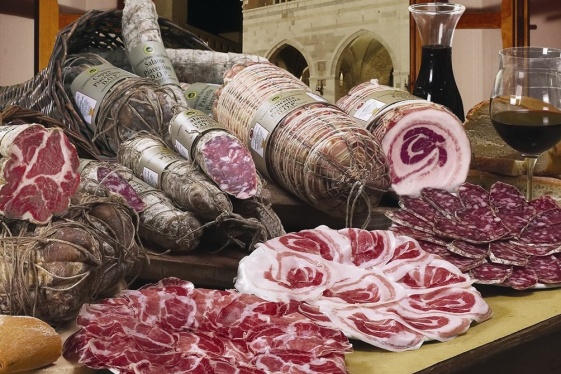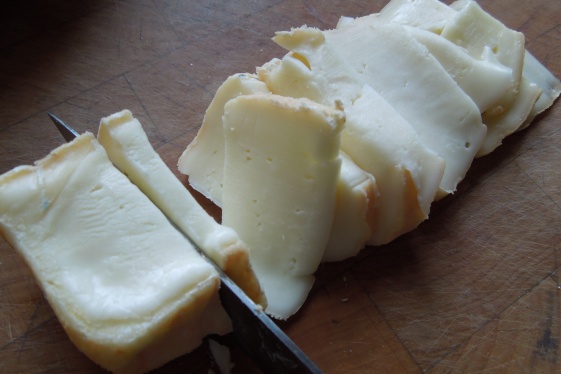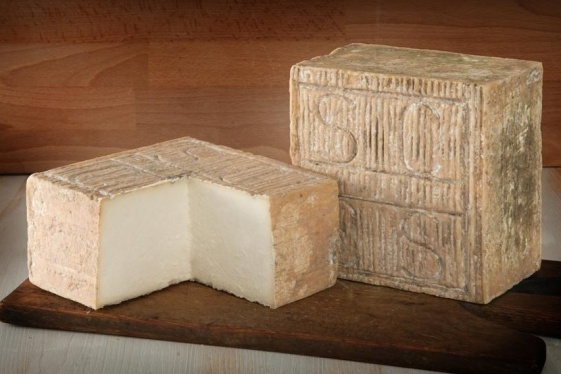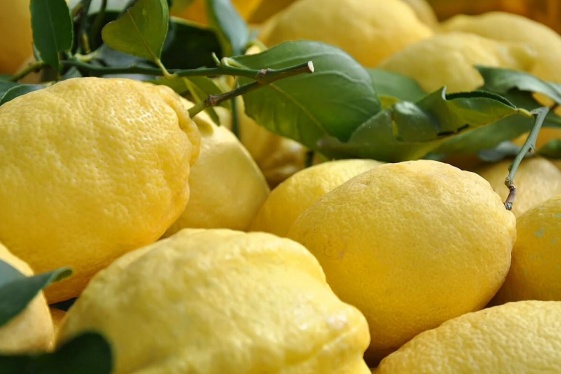Italian flavors: Zibello Culatello
Mentions of culatello date from 1332, when it was given, as a precious gift, to noble spouses and wealthy lords. Loved by the poet Gabriele D'Annunzio and the great composer Giuseppe Verdi, culatello, which was once used as a precious medium of exchange, has its roots in the historical memory of the peasant culture, which still exists in the farmho...
READ MOREItalian flavors: Val di Non apples
Since the end of the seventeenth century, an era in which the prevalent crops being cultivated were mulberry and vines, the quality of the fruit produced in the Val di Non has been certified by papers and plaques issued at the main fruit and vegetable shows in the Austro-Hungarian Empire. These acknowledgements also represent the first certificati...
READ MOREItalian flavors: Sabina Oil
The best evidence of the long history of olive-growing in Sabina are the olive trees. Thousands of ancient trees sculpted by time still stand next to younger examples, preserving their production capacity and making the landscape of Sabina unique. The appreciation of Sabina olive oil in antiquity was so great that, in his “De re rustica”, Marcus T...
READ MOREItalian flavors: Red aubergine from Rotonda
The Rotonda Red Aubergine DOP (Protected Designation of Origin) made its appearance in the small municipality in the Polino National Park in the early twentieth century, when the necessity of finding work and the dream of building a new life drove many of the inhabitants of Rotonda to set out on the adventure instigated by the Fascist regime: Ethio...
READ MOREItalian flavors: Piacenza Salami
In Europe, the tradition of eating pork meat stretches far back into antiquity, as pigs were an animal that was easy to rear in a domestic environment, they were rich in fat and delicious meats and reproduced quickly. In the second half of the nineteenth century, some pig bones excavated from archaeological sites in the Po Valley corroborated the h...
READ MOREItalian flavors: Giffoni hazelnuts
Fossilised pollen from around 2 million years ago, discovered during archaeological excavations, seem to demonstrate the presence of hazelnut kernels on the old continent since the Quaternary Period. They were used as a source of food as early as prehistoric times, when early man ate them by imitating rodents. In Campania there is evidence of the p...
READ MOREItalian flavors: Taleggio Cheese
Taleggio is a cheese with ancient origins, from before the 10th century. Documents dating to the 1200s contain references to its trade and barter, together with other cheeses. Its name is taken from its area of origin, Val Taleggio, in the province of Bergamo, which covers an area of over 80 km2 on the orographic right side of the river Brembo. The...
READ MOREItalian flavors: Salva Cremasco
The semantic origin of the name Salva Cremasco is linked to the purpose of the cheese, i.e. the need to “save” the surplus spring milk. These skills have been passed down from generation to generation for centuries and are still preserved today by the cheesemakers. There are numerous historical remnants dating to the tenth century AD that indicate...
READ MOREItalian flavors: Sorrento Lemon
The lemon probably arrived in Italy from India at a time before 539 B.C., the year in which the Jews re-entered Babylon in Palestine. Jewish culture testifies that citron was present in Israel as early the sixth century B.C., and it had a ritual and ornamental value. It is therefore certain that the citrus plant existed in Italy from the early impe...
READ MOREItalian flavors: Vulture Oil
Native to Asia Minor, the legendary olive tree spread to Italy through the Greek colonisers. Later, the Romans promoted the cultivation of these valuable and versatile fruits in every land they conquered, perfecting the tools for pressing oils and the techniques for storing the oil. The evidence of the presence of olive cultivation in Vulture is...
READ MORE











